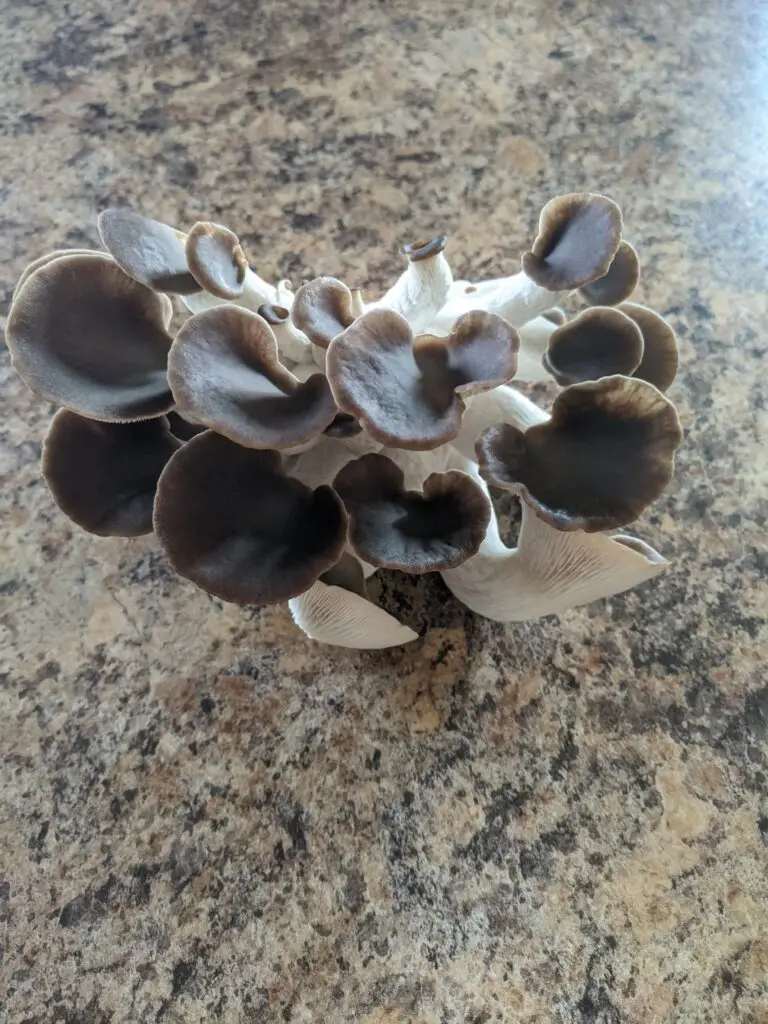
Phoenix Oyster Mushroom: A Complete Guide to the 10cc Liquid Culture Syringe
If you’re passionate about gourmet mushrooms or just starting your
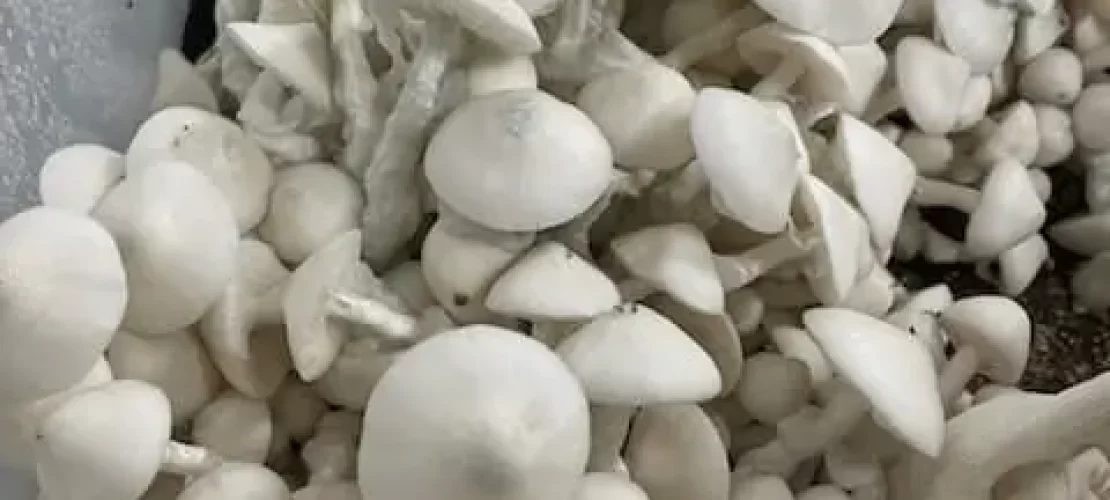

Mushroom spore prints are not only a fascinating way to explore the reproductive process of fungi but also an essential tool for mycologists and mushroom enthusiasts. Spore prints are used for identifying mushroom species, preserving genetic material, and cultivating mushrooms. This comprehensive guide will walk you through the process of how to take a mushroom spore print, ensuring you achieve the best results.
A mushroom spore print is a collection of spores released from the gills or pores of a mature mushroom cap, captured on a flat surface. Spores are the reproductive units of fungi, similar to seeds in plants. By taking a spore print, you can observe the color, pattern, and density of the spores, which are key characteristics used in mushroom identification and cultivation.
Before you begin, gather the following materials:
Choose a healthy, mature mushroom with a fully opened cap. The gills or pores should be visible and well-developed. Avoid mushrooms that are too young or damaged, as they may not release enough spores for a clear print.
Leave the mushroom cap covered for 6-24 hours. The time required can vary depending on the mushroom species and environmental conditions. Avoid moving or disturbing the setup during this period to ensure a clear spore print.
Spore prints are a valuable tool for identifying mushroom species. The color and pattern of the spores are key characteristics used by mycologists to distinguish between different types of mushrooms. For example:
Comparing the spore print with a field guide or consulting an expert can help you accurately identify the mushroom.
Spore prints can be used to cultivate mushrooms. By transferring spores to a suitable substrate, you can grow mycelium and eventually produce mushrooms. This process involves:
Spore prints can be an artistic and educational activity. The intricate patterns and colors of spore prints make them beautiful pieces of natural art. They can be framed or used in educational settings to teach about fungal reproduction and identification.
If no spores are released, it could be due to several factors:
Contamination can occur if the environment or tools are not sterile:
For those interested in more advanced techniques, here are a few methods to enhance the spore print process:
Creating two-sided spore prints involves capturing spores on both white and black paper simultaneously:
This method allows you to observe the spores on both light and dark backgrounds, which can be useful for species with varying spore colors.
To increase your chances of obtaining a clear spore print, you can take multiple prints from the same mushroom cap:
By taking multiple prints, you can ensure at least one clear and usable spore print, even if some are not perfect.
For cultivation purposes, it is crucial to take sterile spore prints to avoid contamination:
Taking a mushroom spore print is a rewarding process that provides valuable insights into the fascinating world of fungi. Whether you are interested in mushroom identification, cultivation, or simply exploring nature’s artistry, spore prints are an essential tool. By following the steps outlined in this guide, you can successfully capture spore prints and enjoy the many benefits they offer.
Remember, patience and attention to detail are key to achieving clear and accurate spore prints. With practice, you’ll become proficient in this technique, opening up new possibilities for mushroom study and cultivation. Happy spore printing!

If you’re passionate about gourmet mushrooms or just starting your
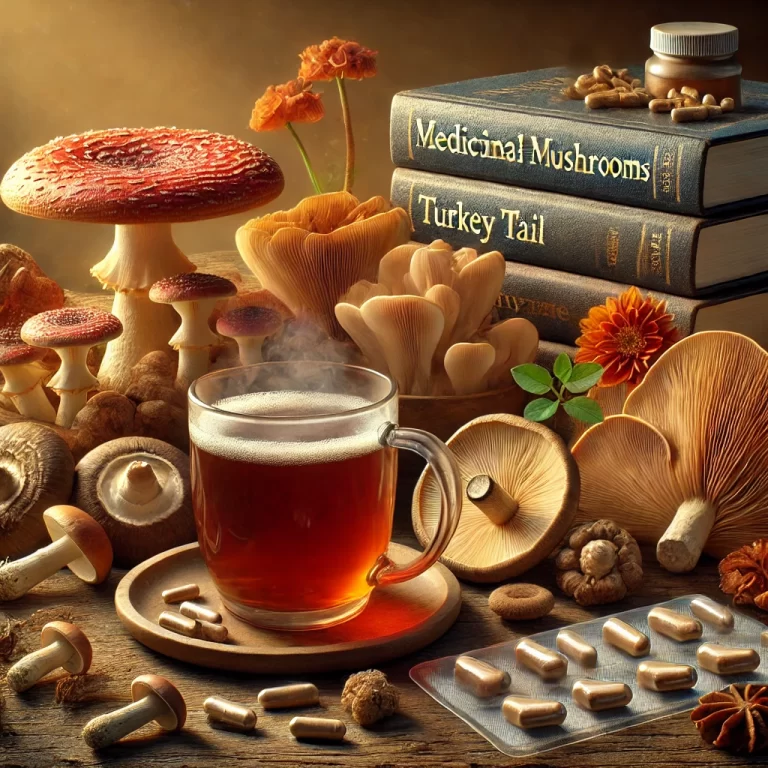
Mushrooms have long been revered in traditional medicine, but modern
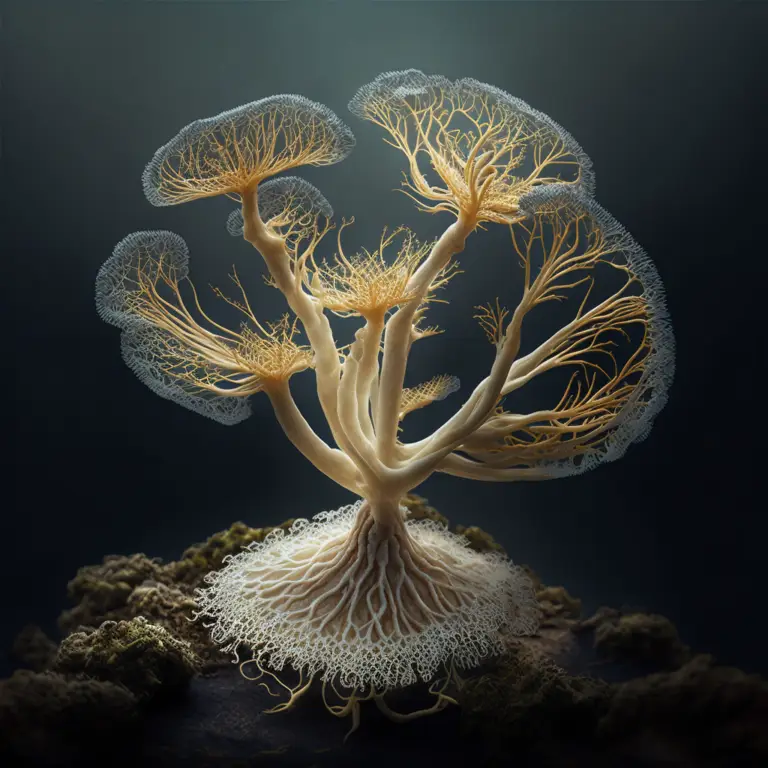
When most people think of mushrooms, they imagine small fungi
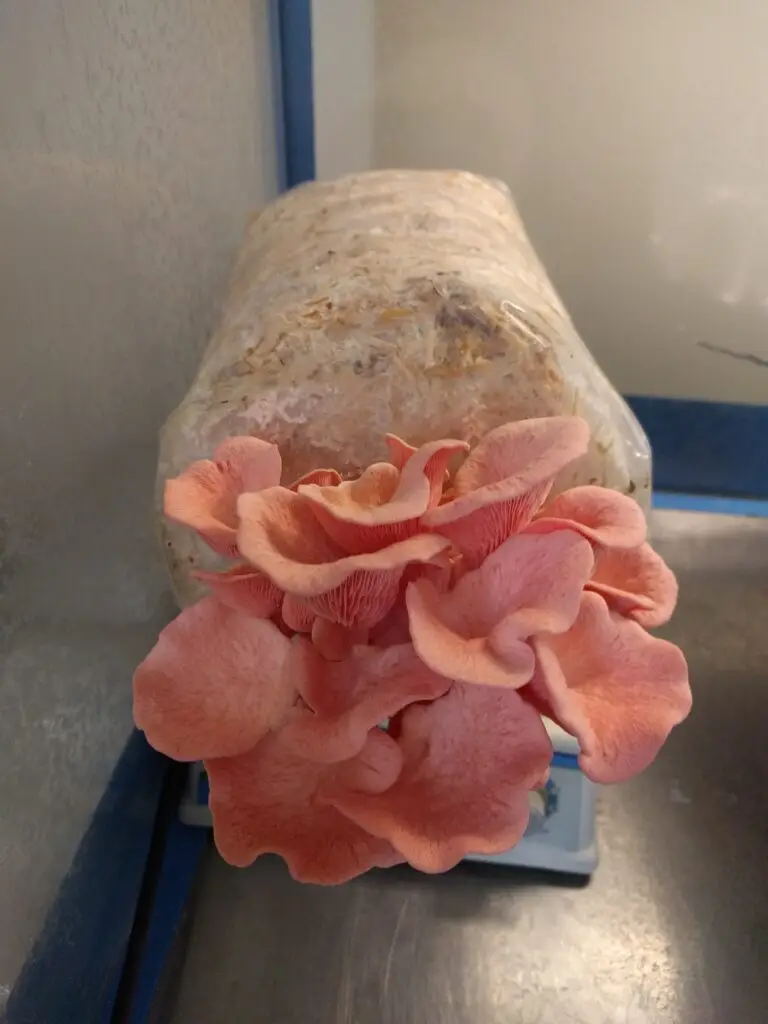
Mushrooms are more than just fascinating organisms that sprout from

Stay updated with our newsletter for exclusive offers, insights, and the latest in psilocybe cubensis research.

At The Spore Depot, we are dedicated to providing the highest quality psilocybe cubensis mushroom spores for research purposes. With an extensive selection of mushroom spores, our products meet the strictest quality standards, ensuring they are prepared under sterile conditions for optimal results. Whether you’re working with a spore syringe or creating a spore print for detailed analysis, we are committed to supporting your journey into the microscopic world.
Our exceptional contact customer service is here to assist you every step of the way, making sure your experience with psilocybe cubensis spores is both rewarding and insightful. At The Spore Depot, your satisfaction is our top priority as you explore the fascinating world of fungi.